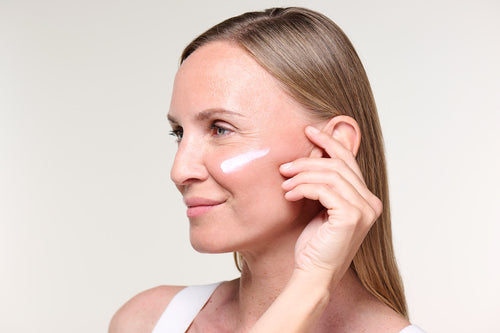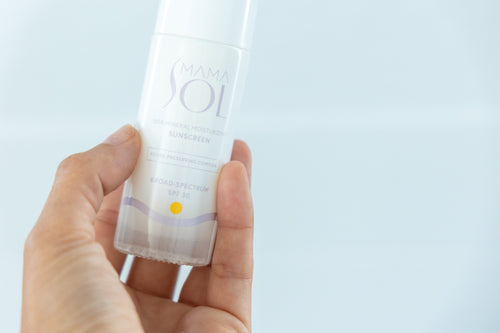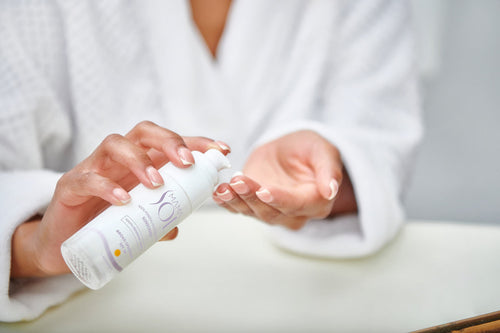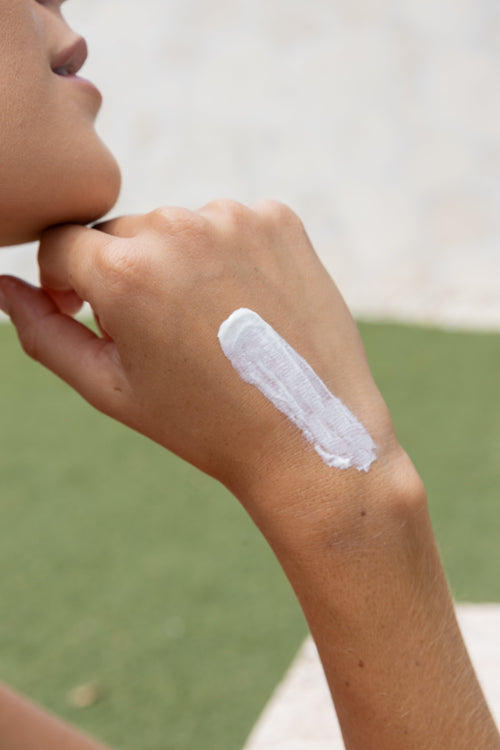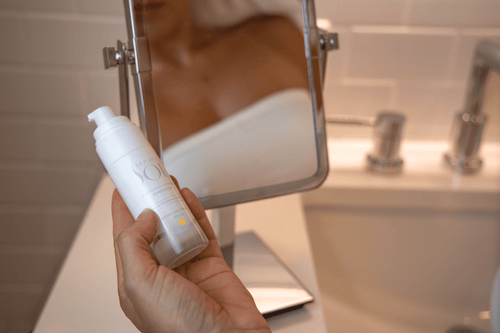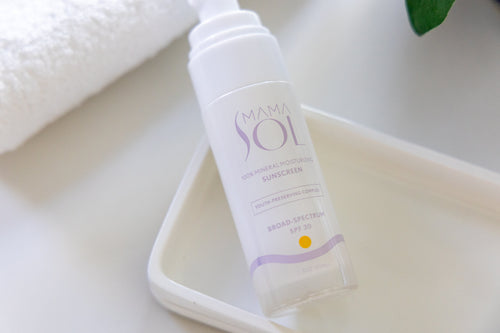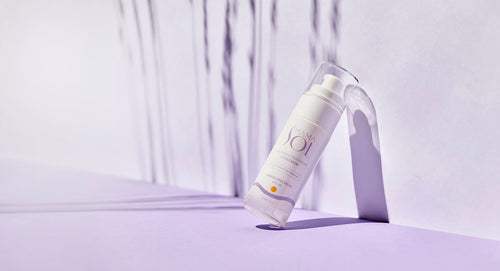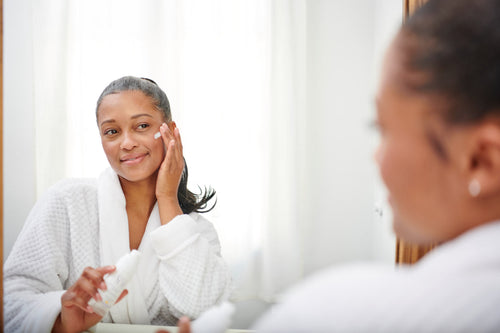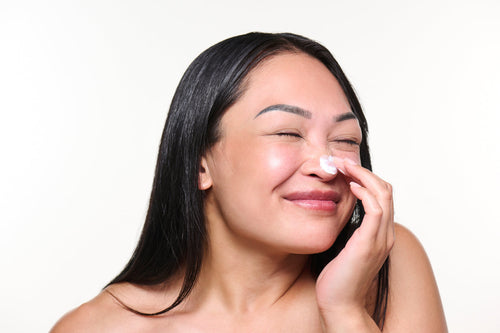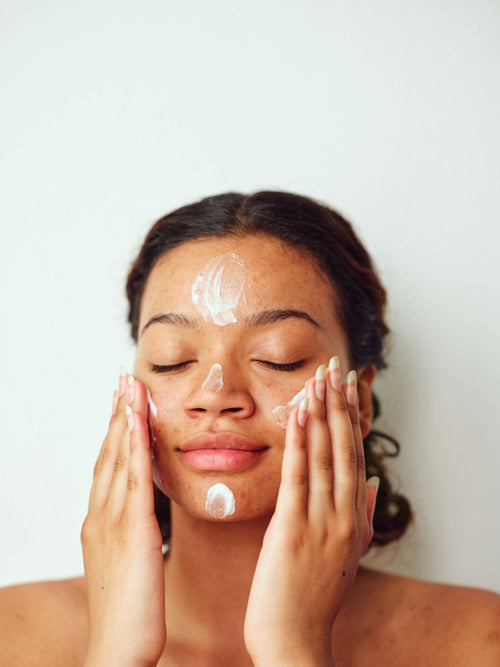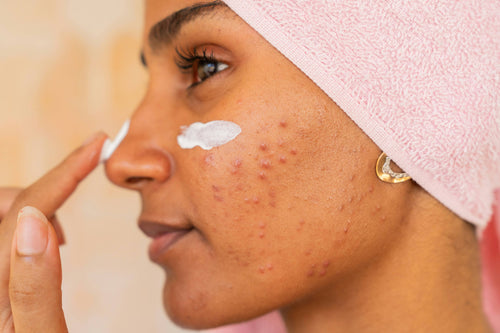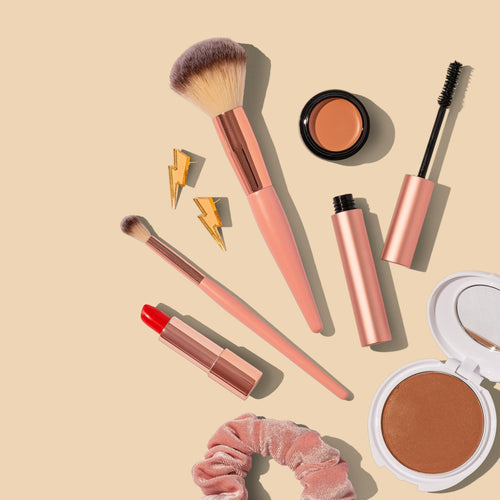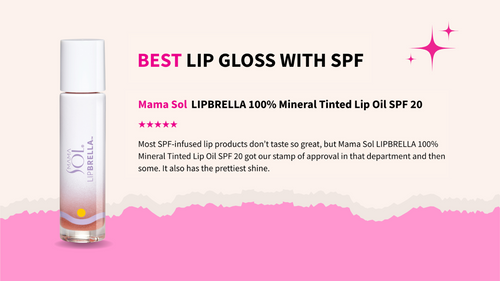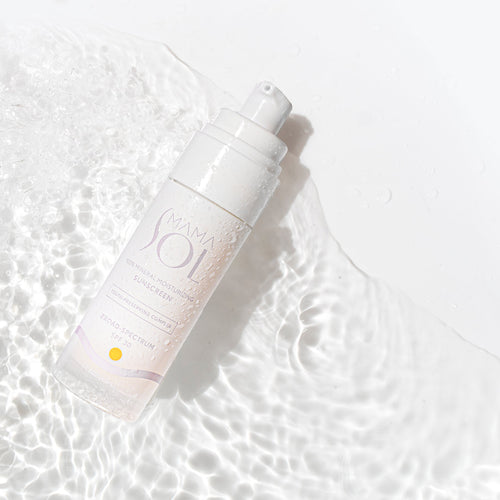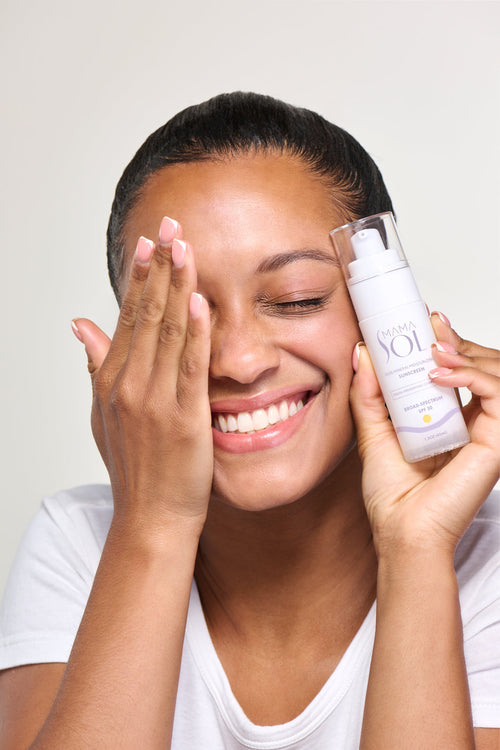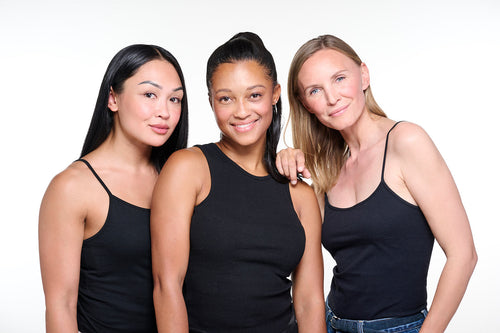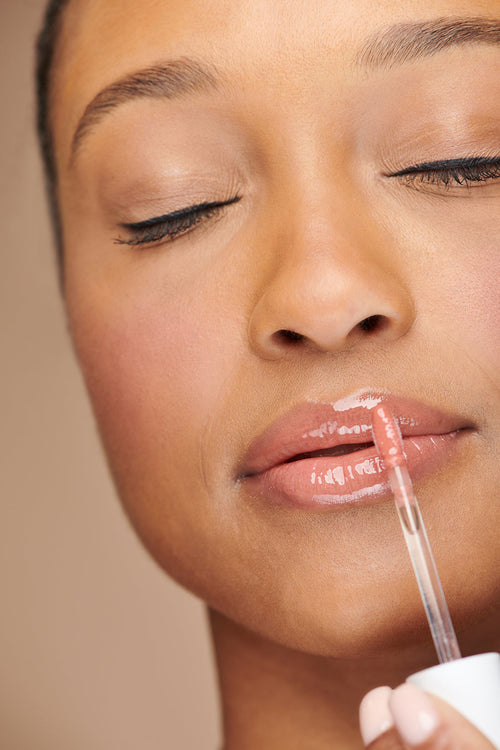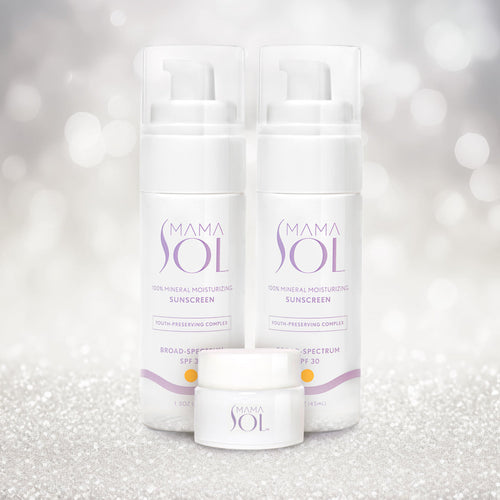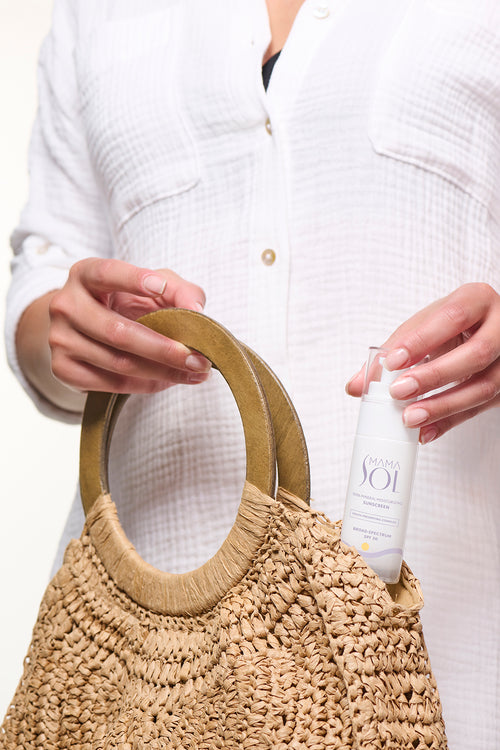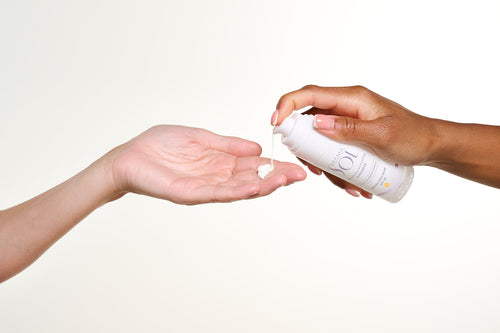
Summer is the time for long days and outdoor adventures, but it's also when the sun's rays are at their strongest, making it crucial to protect your skin. Sunscreen is your best defense against harmful UV radiation, preventing sunburn, premature aging, and even skin cancer. We'll cover everything you need to know about choosing, applying, and optimizing sunscreen to keep your skin healthy and glowing all season long.
It is also important to note that after sun skin care is just as important as sun protection during the day.
Understanding SPF & UV Protection
SPF, or Sun Protection Factor, measures how well a sunscreen can protect skin from UVB rays, the main cause of sunburn and skin cancer. A higher SPF does offer more protection, but it's not a linear scale; SPF 30 blocks about 97% of UVB rays, while SPF 50 blocks about 98%.
UVA rays, which penetrate deeper into the skin, cause premature aging and skin cancer. It's essential to choose a sunscreen labeled as broad-spectrum, which protects against both UVA and UVB rays. Remember, no sunscreen can block 100% of UV rays, so combining it with other protective measures is vital.
Choosing the Right Sunscreen
There’s an endless variety of sunscreens out there, so picking the right one can feel overwhelming. There are two main types: chemical and physical. Chemical sunscreens, which often contain potentially harmful ingredients like oxybenzone, octinoxate, and avobenzone, are absorbed into the skin, converting UV rays into heat.
When comparing mineral sunscreen vs chemical sunscreen, it’s important to understand how they work differently and which one might be best suited to your skin type and values.
These chemicals, along with homosalate and parabens, are known as potential endocrine interrupters, which means they may interfere with the body’s natural hormone production and function. While the FDA (Food & Drug Administration), which regulates sunscreen, has cleared these ingredients for usage in chemical sunscreens, it’s noted that more research needs to be done on their impact on health. Levels of oxybenzone, which is absorbed by skin, have been found in blood samples high above the FDA’s recommended safety threshold.
Physical sunscreens—also known as mineral sunscreens—create a barrier on top of your skin to reflect UV rays instead of being absorbed by the skin. Mineral sunscreens contain zinc oxide and/or titanium dioxide, two active ingredients that are FDA-recommended and safe for everyday use; these are also known to be the safest for babies, kids, and sensitive skin.
To avoid a white cast, especially with mineral sunscreen for dark skin, look for tinted options or those specifically formulated for deeper tones.
Keep an eye out for dermatologist-tested and approved sunscreens, along with ones labeled non-comedogenic, since they won’t clog pores and cause irritation. For oily or blemish-prone skin, look for oil-free or gel-based formulas with mattifying properties. Dry skin benefits from sunscreens with added moisturizers such as hyaluronic acid. If you have sensitive skin, opt for a fragrance-free, hypoallergenic mineral sunscreen. Some dermatologist-recommended and EWG—Environmental Working Group, a 501(c)3 nonprofit dedicated to rating the safety and efficacy of sunscreens and products—approved brands include Elta MD, Attitude, Kinfield, and Babo Botanicals. Of course, there’s also Mama Sol.
How to Apply Sunscreen Correctly
To get the most out of your sunscreen, applying enough sunscreen properly is key. Use about a shot glass full of sunscreen—approximately one ounce—to cover your entire body. Don’t forget your hands and the tops of your feet, two often-neglected areas. For your face, apply a nickel-size dollop of sunscreen, and don’t forget commonly missed areas like the ears, back of the neck, and upper lip area.
While mineral and physical sunscreens act immediately as a physical shield, it’s still best to apply 15 minutes before going outside. With chemical sunscreens, definitely apply at least 15 minutes before sun exposure since it needs time to absorb. What’s even more important is that you reapply frequently. Reapply every two hours, or immediately after swimming, sweating, or towel drying.
Even water-resistant sunscreens that are good for up to 40 or 80 minutes (check the label) need continuous reapplication after being in the water or exercising. It’s vital to diligently reapply sunscreen, even if you don’t feel like you need to.
Special Considerations
Different people and skin types have different sunscreen needs. For children and babies, choose a gentle yet effective sunscreen specifically formulated for their delicate skin. Pediatricians recommend mineral sunscreen for babies starting at the age of six months since physical sunscreen formulas are the most gentle and non-irritating on skin.
Expecting moms should look for pregnancy safe sunscreen options—ideally fragrance-free mineral formulas without potentially harmful chemical ingredients. Mama Sol’s face and body sunscreens are great options for moms.
Those with skin conditions like acne, eczema, or rosacea should look for non-comedogenic, fragrance-free formulas. For outdoor adventures, water activities, and athletic types, water-resistant and sport-specific sunscreens provide better staying power. Water-resistance level is measured by up to 40 or 80 minutes, which is how often you should reapply when swimming or sweating.
Additional Sun Protection Tips
Sunscreen alone isn't enough. Supplement it with other protective measures:
- Clothing: Wear breathable, sweat-wicking long-sleeved shirts, pants, and wide-brimmed hats to shield your skin. Clothes designed for sun protection and tested for UPF (Ultraviolet Protection Factor) will give you more control over your UV exposure.
- Shade: Seek shade, especially between 10 a.m. and 4 p.m. when the sun's rays are strongest. We love a good portable sun umbrella or pop-up sun shade tent.
- Sunglasses: Protect your eyes with UV-blocking sunglasses to prevent cataracts and other eye damage. Sunglasses also help prevent you from squinting in the sun, which can cause those oh-so-fun wrinkles and crow’s feet.
Common Sunscreen Myths, Debunked
Let's clear up some common misconceptions about sunscreen:
- Myth: Sunscreen is only needed on sunny days. UV rays can penetrate clouds, so wear sunscreen even on overcast days. You can still get sunburned even if it’s cloudy outside.
- Myth: A higher SPF means you can stay in the sun longer. No matter the SPF, you still need to reapply every 80 minutes to two hours and more frequently after swimming or sweating.
- Myth: Deeper skin tones don't need sunscreen. While darker skin has more natural protection due to melanin, it's still vulnerable to UV damage, premature aging, and skin cancer. Everyone needs to wear sunscreen. Period.
After-Sun Care
Sometimes, despite our best efforts, sunburn happens. Here's how to care for sun-exposed skin:
- Cool the burn: Take a cool bath or shower, or apply cool compresses to the affected area.
- Moisturize: Use a gentle, hydrating lotion to soothe skin. Aloe vera is the MVP of after-sun care and sunburn soothing.
- Hydrate: Drink plenty of water to help your skin recover from sun exposure and restore moisture.
- Avoid further sun exposure: This seems painfully obvious, but keep that sunburned skin out of the sun to prevent further damage. Sunburn is not a base tan, no matter how much you convince yourself that it’s a base layer for a deep summer tan.
More than beach days, ice cream trucks, and grilling outside, daily sunscreen is vital to your summer routine. Your year-round skin routine requires sunscreen, but summer often demands extra diligence, more shade, and higher SPF. By understanding what SPF means for your skin, choosing the right sunscreens for your skin type, and applying enough sunscreen correctly, you can enjoy those long summer days more safely.
Don't forget to complement sunscreen with other protective measures like wearing UPF clothing, sunglasses, and hats, avoiding direct sun during peak hours, and not falling for common sunscreen myths. Make sunscreen a daily habit, and you'll protect your skin for years to come. Summer’s better and way more fun when everyone’s practicing safe suncare—you’ll find us running around, trying to apply sunscreen to squirmy kids and toddlers! Pro tip: the Solar Buddies sunscreen applicator for kids is a gamechanger.
FAQs
Q: How much sunscreen should I use? A: Use about one ounce, or a shot glass full, to cover your entire body. For your face, apply around one nickel-size amount. Don’t forget the tops of your feet, ears, and backs of your hands. The biggest mistake people make is not applying enough sunscreen.
Q: How often should I reapply sunscreen? A: Reapply up to every 80 minutes to 2 hours, or immediately after swimming, sweating, or towel drying. Water-resistant formulas are good for up to 40 or 80 minutes, so follow the specific instructions. When in doubt, apply again.
Q: Can I use last year's sunscreen? A: Always check the expiration date. Most sunscreens have a shelf life of three years, but if it looks or smells different, it's best to buy a new one. Your skin health and preventing skin cancer is worth it.




